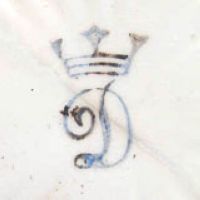
Image 010904-01-01
Used between 1843 and 1878.
Helena Wolfsohn (*1798-DEC-16, † 1869-JUL-09, neé Meyer) was the successor of her father, who formerly run the business at Schlossergasse #5 under the name of L. Meyer & Söhne. Next to her small store, which sold '... Old Saxon China, Old Sévres and Japan, Antique Furniture, Bronzes, Old Lace ... Painted Glass, Rock Crystal, Ivory Work, Enamels, Mosaic Work, Armour, Gobelins Tapestry, Fans, and many other remarkable and curious articles ...', Wolfsohn had a successful porcelain decorating business which used a wide array of blanks from different other companies. Around 1853 she already had a sales agent in England, J.&R. McCracken from 7, Old Jewry, London.
Contrary to what is often stated on some websites and in some books, it was not Helena Wolfsohn herself who copied the marks of other manufacturers. The business had been taken over in 1878 by Wolfsohn's daughter Emilie (*1823-APR-23, †1901-JAN-17). Emilie was married to the businessman Anton Elb and together they had four children:
Felicia Elb (married Gluckmann) and Max Elb (*1852-OCT-29) did not remain connected with the decoration studio business, unlike Franziska Elb (married Hirsch) and finally Leopold Arthur Elb (see below).
Anyway, the couple decided to continue the name of the studio, soon winning a prize at the Leipzig fair as well as the Gold Medal at the Sidney fair in 1879. The same year however they also ran into trouble for copying the "A.R." ("Augustus Rex") mark which originally was a registered trademark of the KPM in Meißen. The exact year the business started to use the "A.R." mark is documented because the KPM instantly appealed for court intervention. Instead of completely stopping to use the mark however, it was slightly changed all the time as to make it more difficult for the court to decide; the second "A.R." mark shown below with the arrow pointing upwards is one of the examples used around 1880 (it's the same one used on the item they received the Gold Medal for in Brussels that year).
It took until 1881 (in Germany) and 1883 (in England) before the studio was forced to finally stop using the offending mark and all related versions. The court also ruled that the company had to compensate the KPM for the use of their mark as well as all slightly abstracted versions introduced during the period of the court case itself. The fee was so high that it brought the Elb family near bankruptcy and due to the strain Emilie fell ill, never to recover. The former glory had long crumbled and the only real success following the end of the court cases was the First Class Award the company received 1891 in London.
In the year 1893 Leopold Arthur Elb became sole proprietor of the business which had in the meantime been moved to the first floor of a house at Schössergasse #11 and sold "porcelain and antiquities". Around 1900 the whole shop relocated to Reichstrasse #4 before Elb finally sold the business to Xaver Ernst Stephan in 1906.
Stephan continued to decorate items in the typical Dresden floral style as well as the Old Vienna and Sévres styles until he left business in the hands of his son Walter Ernst Stephan in the year 1919. Keeping the studio name of his father W.E. Stephan managed to successfully continue business at first, however everything found an abrupt end during the Allied bombings of Dresden in February 1945.

Image 010904-01-01
Used between 1843 and 1878.
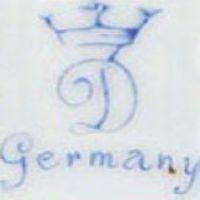
Image 010904-01-02
Used between 1843 and 1878.
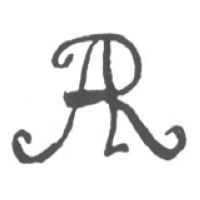
Image 010904-02-01
Used from 1879 onwards, the basic version of the copied "A.R." ("Augustus Rex") mark.
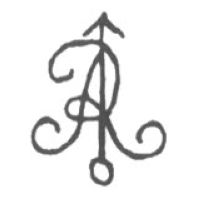
Image 010904-02-02
Used around 1881. Even if it is different, it still impersonates the "A.R" mark.
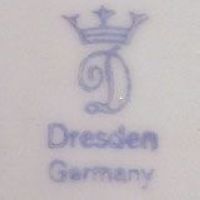
Image 010904-03-01
Used around 1900, "Dresden" above "Germany".
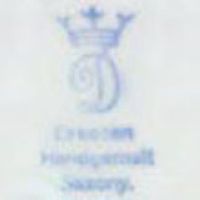
Image 010904-03-02
Used around 1900, "Dresden" above "handgemalt" above "Saxony".
© 2004-2025 C.S.Marshall, all rights reserved